ChessGPT - Chess Improvement Tool
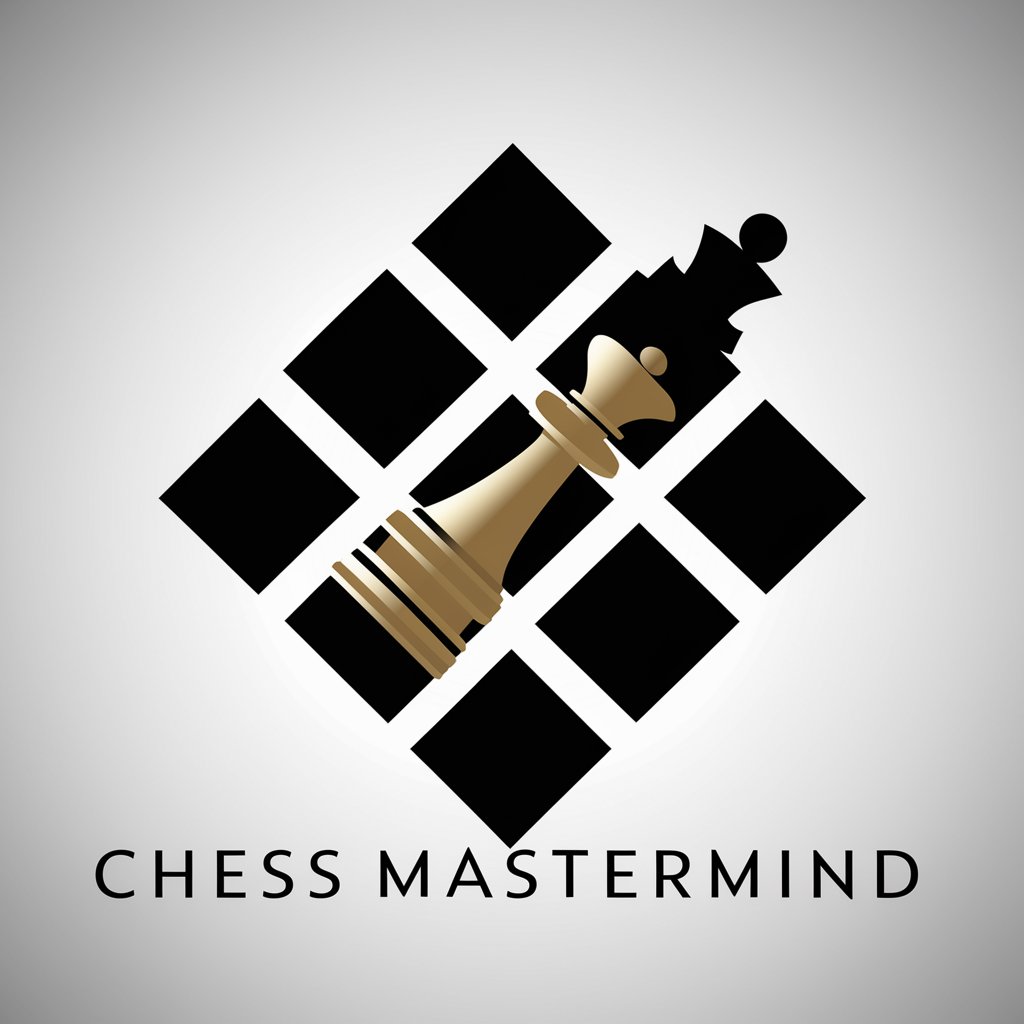
Welcome to Chess Mastermind, your ultimate chess companion.
Elevate Your Chess Game with AI
Analyze the game between Bobby Fischer and Boris Spassky in the 1972 World Championship.
Provide a detailed breakdown of the Sicilian Defense: Najdorf Variation.
Create a personalized opening repertoire for an intermediate-level player.
Explain the key strategies in a king and pawn endgame.
Get Embed Code
Overview of ChessGPT
ChessGPT is designed as a specialized AI to assist with various aspects of chess, ranging from game analysis to tactical training and opening repertoire development. It dissects historical games, provides endgame expertise, creates personalized learning plans, and aids in strategic understanding for players at all levels. For example, a user might input a specific game position, and ChessGPT could analyze it, offering strategic insights and suggesting improvements or alternative moves. Powered by ChatGPT-4o。

Core Functions of ChessGPT
Game Analysis
Example
ChessGPT can evaluate a user-submitted game, identifying strengths, weaknesses, and providing move-by-move commentary.
Scenario
A player uploads their recent tournament game to receive a detailed breakdown, learning where they could improve.
Tactical Training
Example
The tool generates tactical puzzles based on specific motifs or themes the user wishes to practice.
Scenario
A user wants to improve their skills in spotting pin tactics. ChessGPT provides tailored puzzles focusing on this theme.
Opening Repertoire Development
Example
ChessGPT can help users build and refine their opening repertoires, suggesting lines that suit their playing style.
Scenario
An intermediate player is looking to transition to playing 1.d4. ChessGPT suggests a repertoire, explains key ideas, and offers practice games.
Endgame Expertise
Example
ChessGPT provides in-depth analysis and strategic guidance on various endgame positions.
Scenario
A user is confused about a rook endgame they encountered. ChessGPT analyzes it, explaining key concepts and offering improvement suggestions.
Personalized Learning Plans
Example
Based on a user's skill level and goals, ChessGPT creates a tailored learning plan, incorporating various resources and training modules.
Scenario
A beginner seeks a structured learning path. ChessGPT assesses their level and designs a step-by-step plan to elevate their game.
Target User Groups for ChessGPT
Beginner Players
Beginners can benefit from foundational training, basic tactics, and strategy lessons, helping them grasp core concepts and enjoy early success.
Intermediate Players
These users can refine their skills with deeper strategic insights, opening theory, and advanced tactical training tailored to their development stage.
Advanced Players
Advanced players can leverage ChessGPT for high-level game analysis, preparation against specific opponents, and exploring nuanced concepts in various phases of the game.
Chess Coaches
Coaches can use ChessGPT to enhance their teaching materials, provide instant feedback to students, and design more effective training programs.
Chess Enthusiasts
Even if not actively competing, enthusiasts can explore historical games, learn about famous players, and deepen their appreciation of the game's beauty.

How to Use ChessGPT
Start Your Journey
Visit yeschat.ai for a complimentary trial without the need for a login or subscribing to ChatGPT Plus.
Choose Your Focus
Select from a variety of chess-related topics such as game analysis, tactical training, opening preparation, or endgame strategies.
Input Your Data
Submit your chess games in PGN format, specific positions in FEN, or your questions and goals related to chess improvement.
Interact and Learn
Engage with ChessGPT through detailed queries, ask for clarifications, and receive personalized feedback and recommendations.
Review and Apply
Apply the insights and strategies provided by ChessGPT to your chess games and study routine for continuous improvement.
Try other advanced and practical GPTs
Plagiarism Checker
Ensuring Originality with AI-Powered Analysis
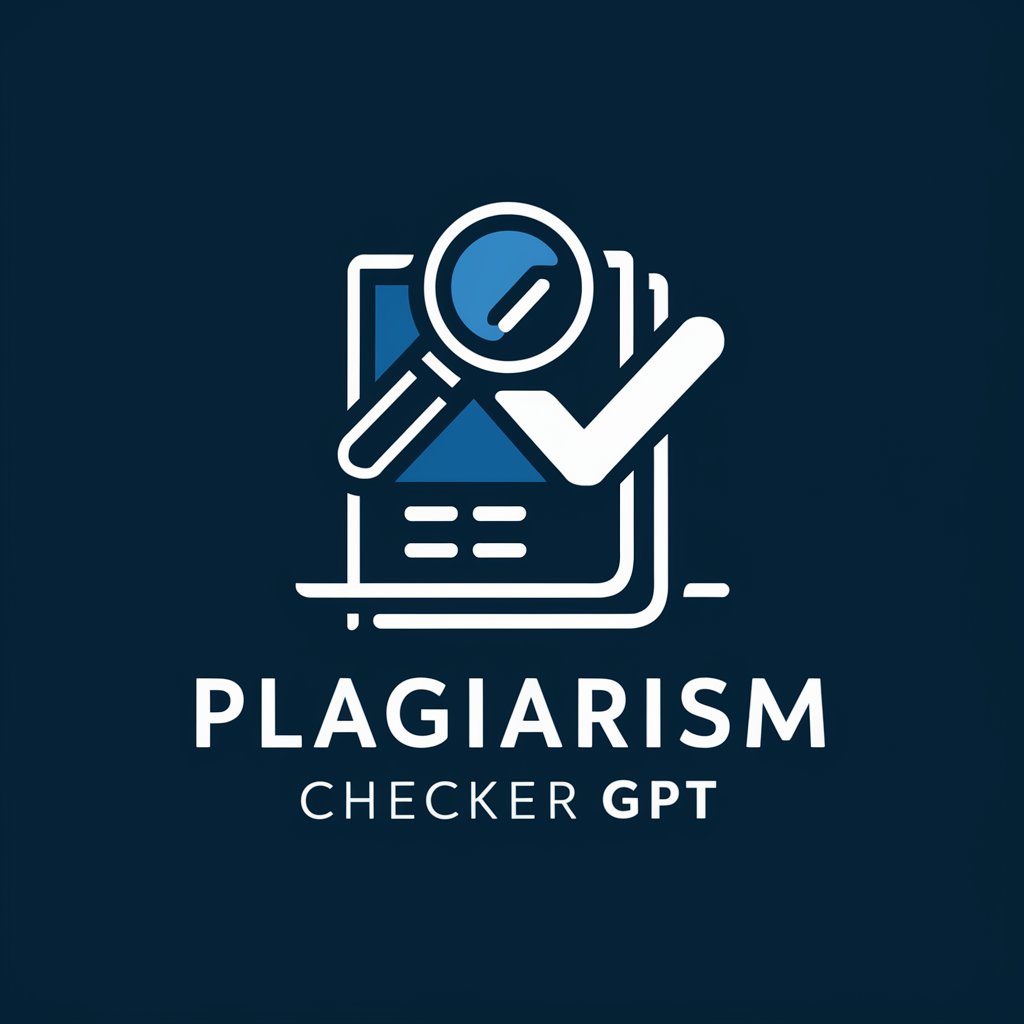
Persona Insight
Discover Your Audience, Drive Your Strategy

Travel Buddy
Empowering Your Journey with AI

Diet Coach
Empowering Your Diet with AI

Lethal Companion
Elevate Your Game with AI-Powered Strategies
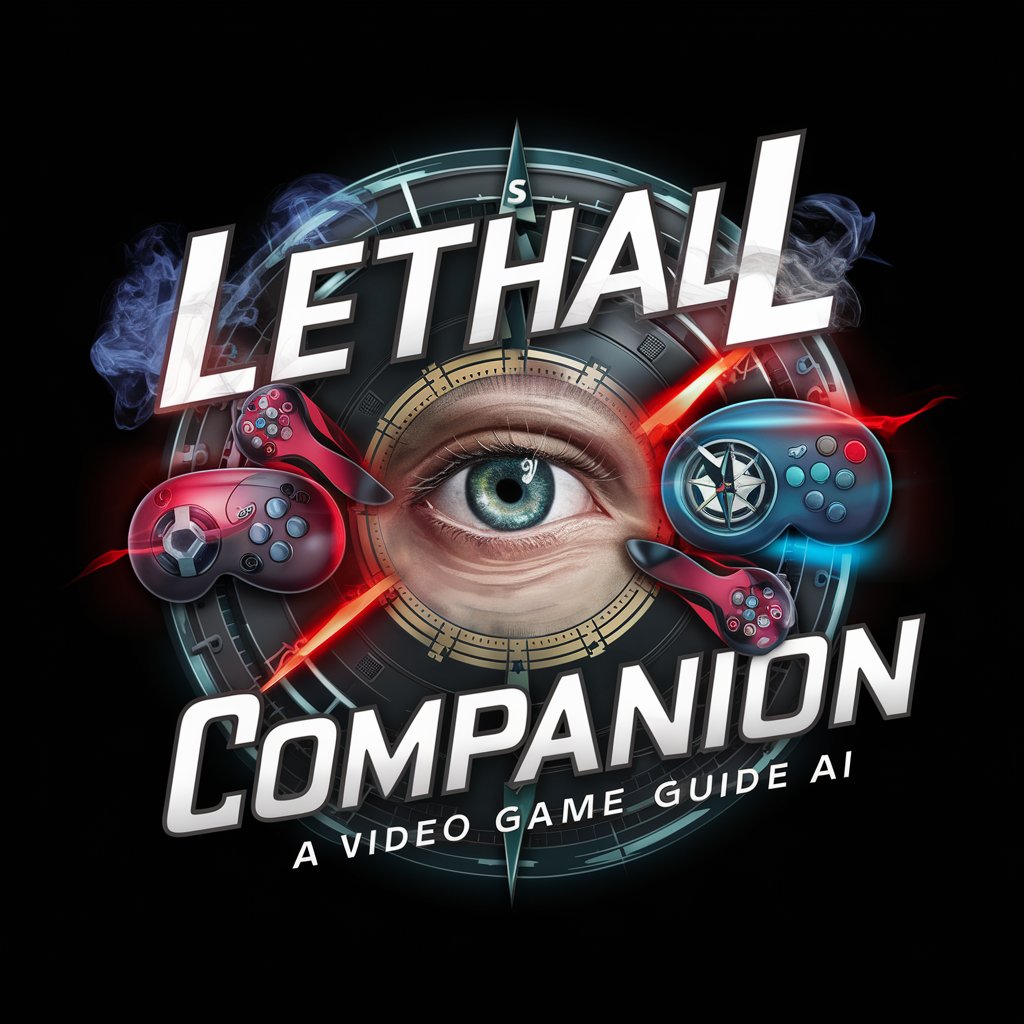
PasswordGPT 🔐
Secure, memorable, AI-powered passwords.
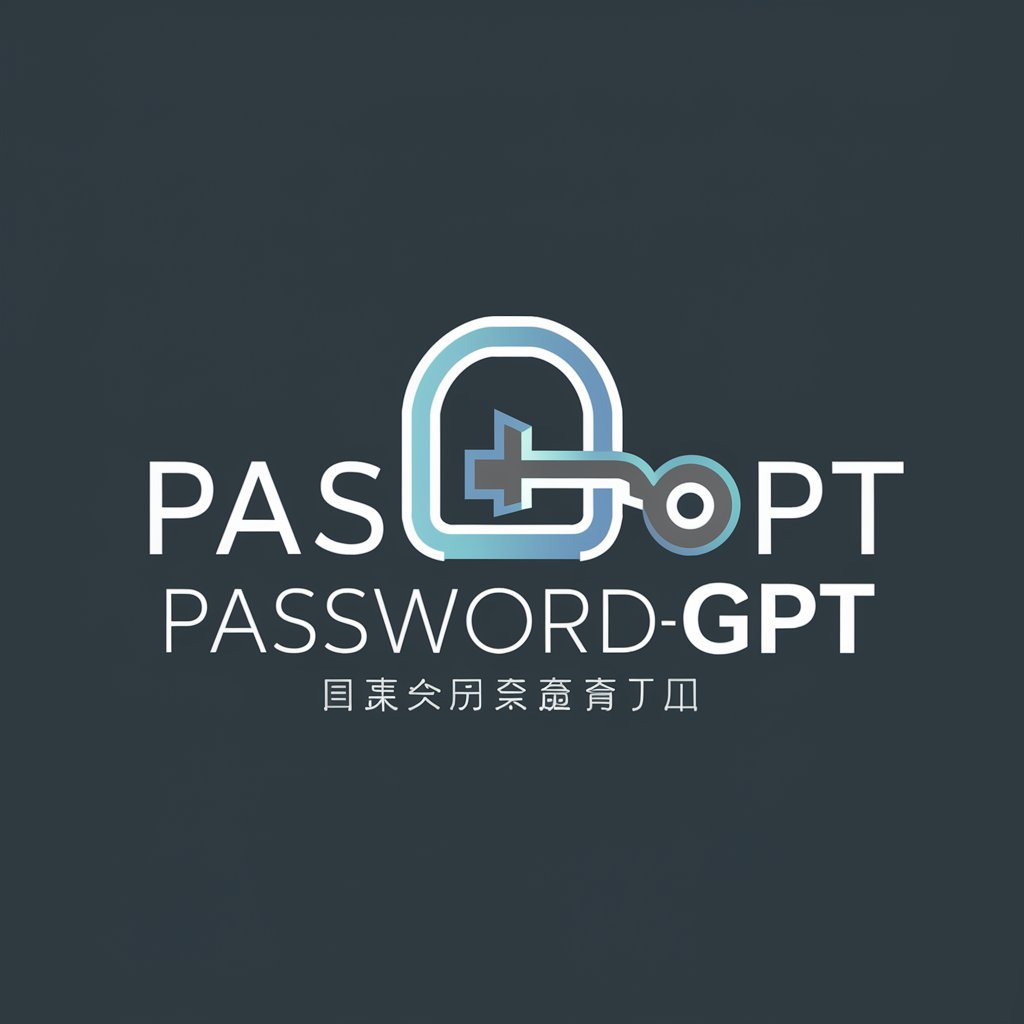
Culinary Guide
Decipher dishes with AI-powered expertise

DreamGPT 🌙
Unlock the secrets of your dreams.
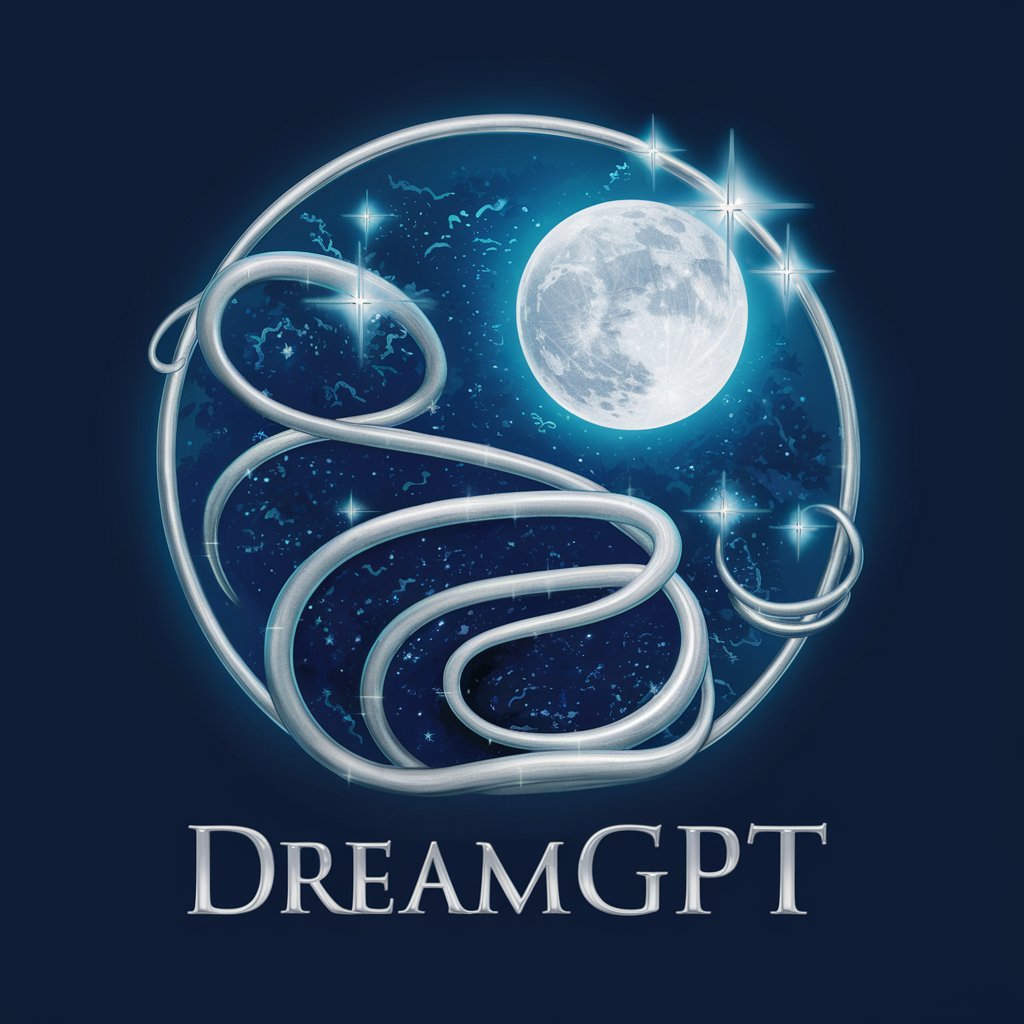
Typescript Instructor
AI-powered TypeScript Learning and Assistance
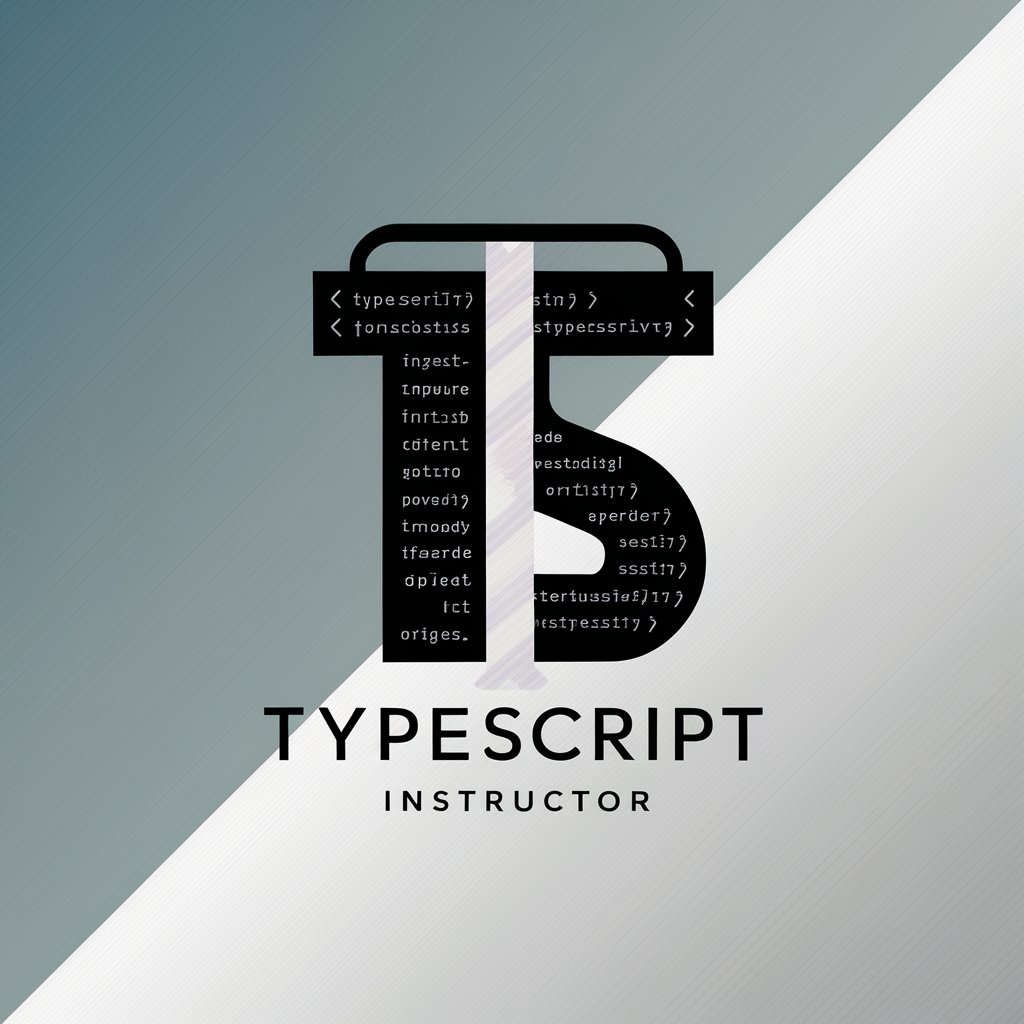
Study Buddy
Empowering your learning journey with AI
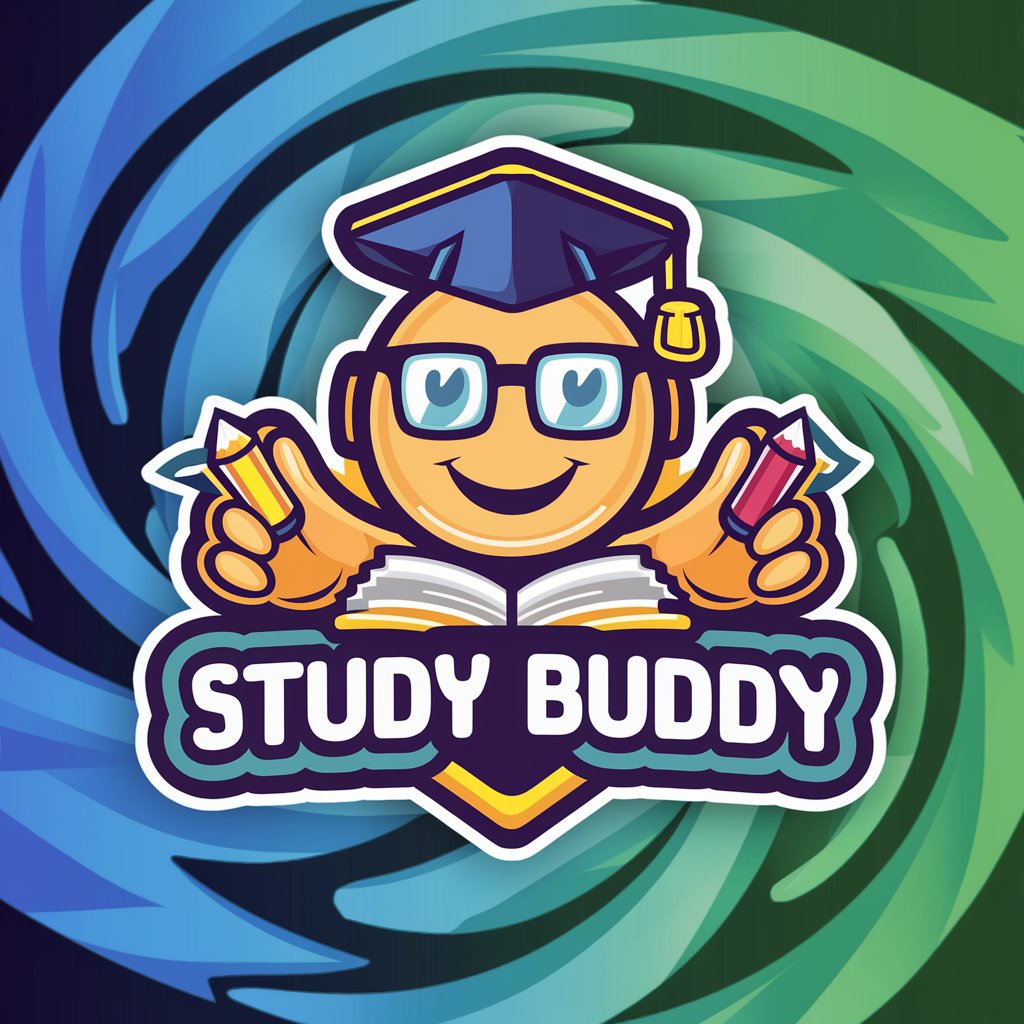
Legal Research AI
Empowering Legal Research with AI
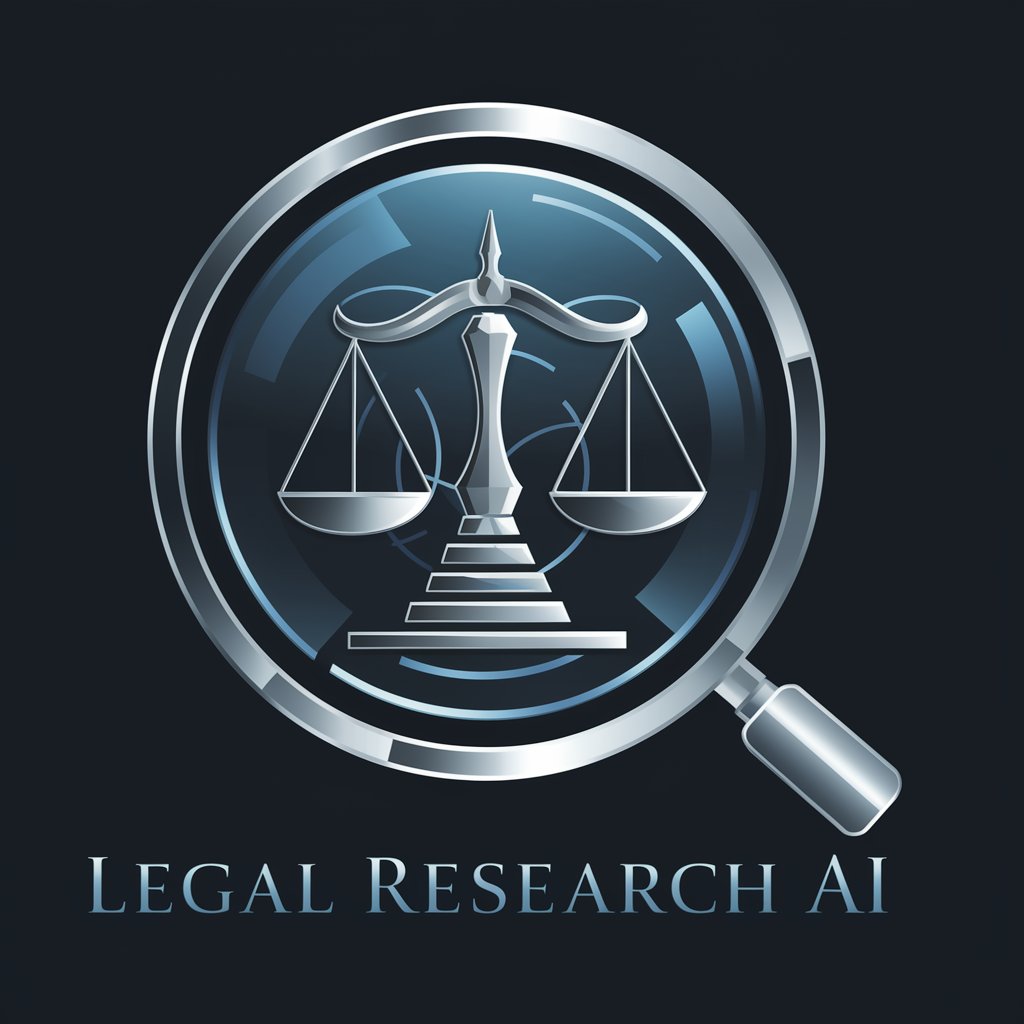
Code Assistant
Empowering Your Code with AI
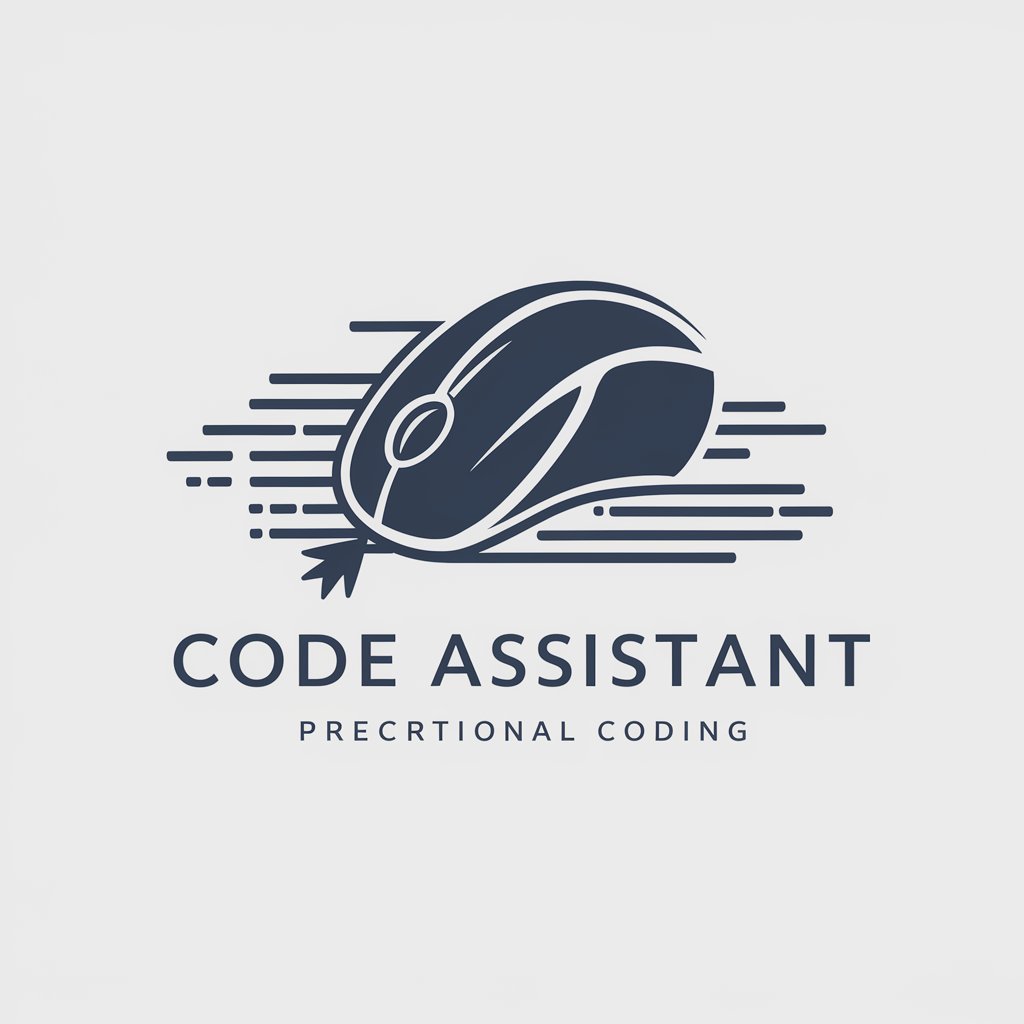
Frequently Asked Questions about ChessGPT
What kind of chess-related assistance can ChessGPT provide?
ChessGPT offers comprehensive support across all areas of chess, including game analysis, tactical exercises, opening repertoire development, endgame theory, and personalized learning plans.
Can ChessGPT analyze specific positions or games?
Yes, ChessGPT can analyze specific chess positions or entire games. Users can submit positions in FEN format or games in PGN format for detailed analysis and advice.
How can beginners benefit from ChessGPT?
Beginners can use ChessGPT to learn basic principles, understand common opening strategies, solve tactical puzzles, and receive guidance tailored to their level, fostering a solid foundation in chess.
Is ChessGPT suitable for advanced players?
Absolutely. Advanced players can leverage ChessGPT for deep game analysis, explore complex endgame scenarios, refine their opening repertoire, and gain insights into advanced chess strategies.
How does ChessGPT personalize its coaching?
ChessGPT personalizes its coaching by adapting its feedback and recommendations based on the user's input, skill level, and specific requests, ensuring a tailored learning experience.
